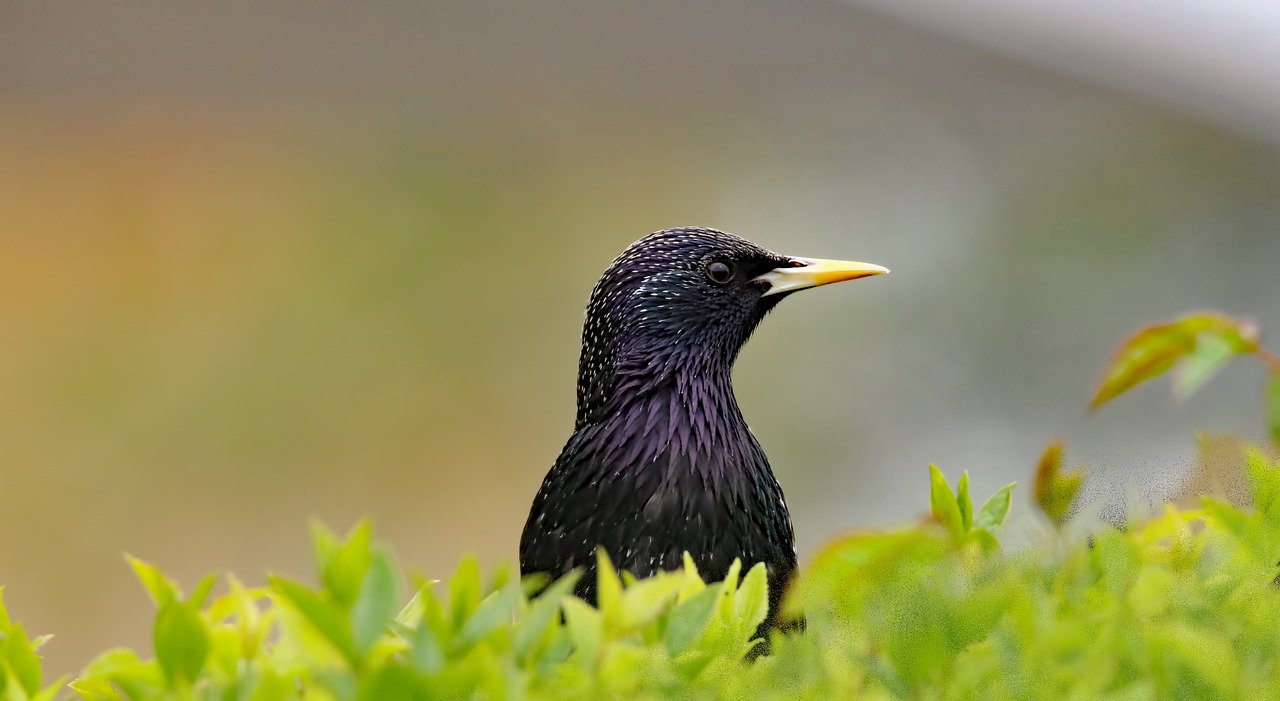Starlings Sturnus vulgaris and cattle—a widespread feeding association
DOI:
https://doi.org/10.34080/os.v14.22795Keywords:
interspecific interaction, foraging ecology, livestock, agriculture, behaviourAbstract
Most of this study was made in the extensive grasslands at Revinge, southernmost Sweden, but some data were also obtained in other parts of South Sweden. Starlings occurred significantly more often in pastures with than without cattle and also more often with active than resting cattle. Starlings were associated with cattle during all months from May to October, but predominantly in July and August. The birds followed grazing animals and pecked small insects from the vegetation close to the cattle’s feet and mouth. There was a positive relationship between number of Starlings and the size of the herd they accompanied. Starlings arriving at a herd spread out among the cattle and, when the total number of birds was high, often some birds left and formed flocks that foraged independently in the grass. Both observations suggest that the benefit of the association may be density-dependent. Pecking rates were higher, and speed of movement lower, for Starlings that associated with cattle than for those that foraged independently. In hot weather Starlings sometimes used a sit-and-wait tactic; when cattle were grazing in tall vegetation short flights after flushed insects were common.
Downloads

Downloads
Published
How to Cite
Issue
Section
License
The copyright of each contribution belongs to the author(s), but all contributions are published under a Creative Commons license, so that anyone is free to share and reuse the contribution as long as the copyright holder is attributed.







